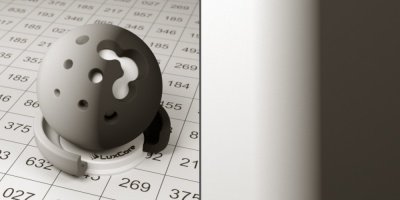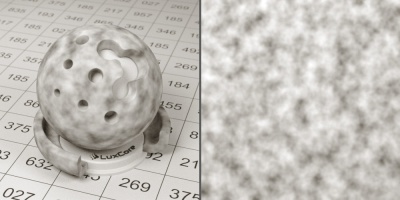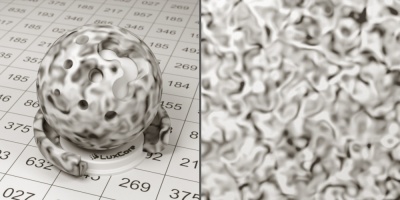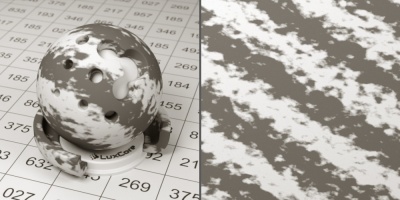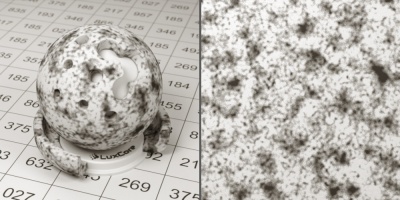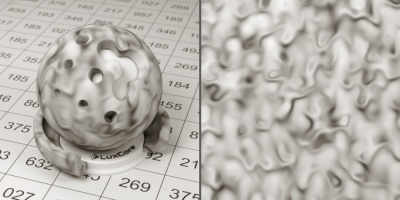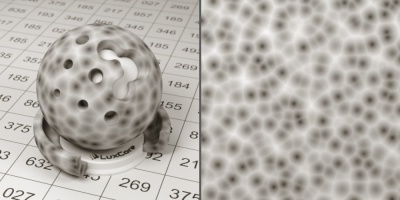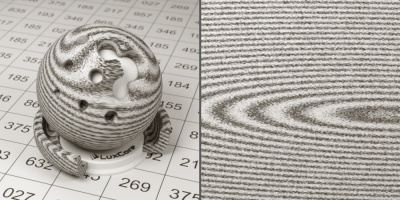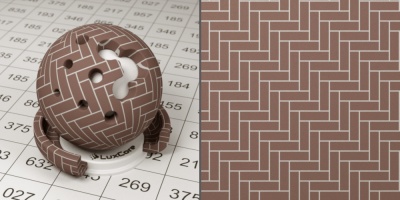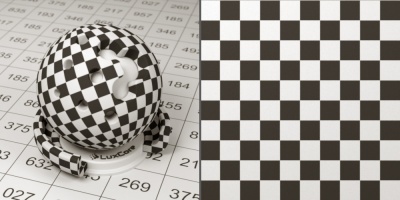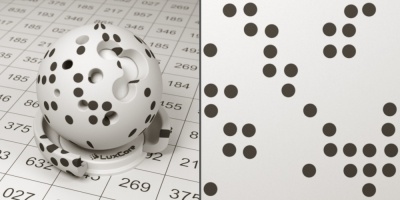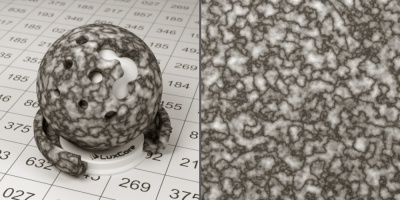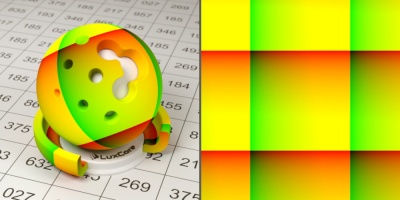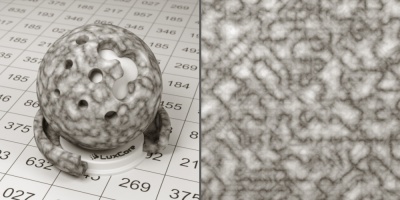Difference between revisions of "LuxCoreRender Procedural Textures"
Jump to navigation
Jump to search
(added link to image of brick texture) |
|||
| Line 9: | Line 9: | ||
| | | | ||
<gallery mode="nolines" widths=400px heights=200px> | <gallery mode="nolines" widths=400px heights=200px> | ||
file: | file:Luxcore_textures_blend.jpg|thumb|Blend | ||
file:Luxcore_textures_clouds.jpg|thumb|Clouds | file:Luxcore_textures_clouds.jpg|thumb|Clouds | ||
</gallery> | </gallery> | ||
| Line 16: | Line 16: | ||
<gallery mode="nolines" widths=400px heights=200px> | <gallery mode="nolines" widths=400px heights=200px> | ||
file:Luxcore_textures_distorted_noise.jpg|thumb|Distorted Noise | file:Luxcore_textures_distorted_noise.jpg|thumb|Distorted Noise | ||
file: | file:Luxcore_textures_magic.jpg|thumb|Magic | ||
</gallery> | </gallery> | ||
|- | |- | ||
| Line 52: | Line 52: | ||
<gallery mode="nolines" widths=400px heights=200px> | <gallery mode="nolines" widths=400px heights=200px> | ||
file:Textures_blender_clouds.jpg|thumb|Marble | file:Textures_blender_clouds.jpg|thumb|Marble | ||
file: | file:Luxcore_textures_uv.jpg|thumb|UV | ||
</gallery> | </gallery> | ||
|- | |- | ||
Revision as of 15:43, 13 December 2017
LuxCoreRender's procedural textures are very flexible and covers a wide range of different looks. Not only that, but they can also be combined by using the mix/add/subtract/multiply helper textures for mathematic operations. Most textures generate a noise based on noise size and noise depth. Noise size adjusts the scale of the texture and noise depth adjusts the amount of details. Increasing depth will give finer details but are also slower to render.
Note that due to the different hardware architecture of GPUs it is usually better to avoid procedural textures when rendering with OpenCL. They can increase kernel compilation times, and the rendering speed takes a bigger hit than on CPUs.
|
|
|
|
|
|
|
|
|
|
|
|
|
|
|
|
|
